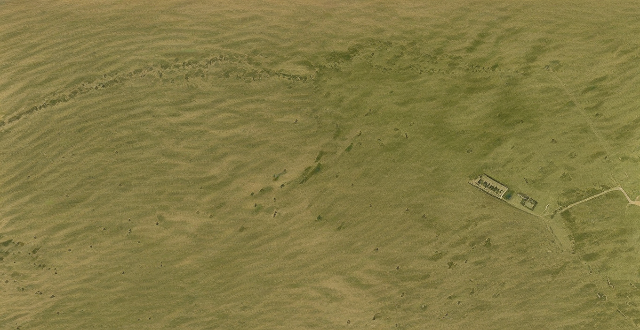Climate predictions account for natural climate variability by incorporating natural drivers, using past climate records, ensemble modeling, focusing on long-term trends, assessing uncertainties, scenario analysis, and peer review and revision.

How Do Climate Predictions Account for Natural Climate Variability?
Climate predictions are complex models that attempt to forecast future climate conditions based on historical data, current observations, and an understanding of the physical processes that drive the climate system. These models must account for natural climate variability, which refers to the range of climate conditions that can occur naturally over time without human influence. Here's how they do it:
1. Incorporating Natural Climate Drivers
Climate models incorporate natural drivers such as:
- Solar radiation: Changes in solar output can affect Earth's climate.
- Volcanic eruptions: Emissions from volcanoes can have cooling effects by blocking sunlight.
- Ocean cycles: Patterns like El Niño and La Niña significantly impact global weather patterns.
By including these variables, models can simulate natural fluctuations in climate.
2. Using Past Climate Records
Historical climate data helps scientists understand natural variability:
- Ice cores: Reveal past temperatures and gas concentrations.
- Tree rings: Show annual growth patterns affected by climate.
- Sediment layers: Contain evidence of past climate conditions.
This data is used to calibrate and validate model simulations.
3. Ensemble Modeling
To account for uncertainty and natural variability, scientists run multiple simulations with slightly different initial conditions or model parameters. This approach, called ensemble modeling, provides a range of possible outcomes rather than a single prediction.
4. Long-Term Trends vs. Short-Term Variability
Climate models focus on long-term trends rather than short-term variability. While they can't predict specific events like hurricanes or floods, they can estimate how frequent or severe these events might become over time due to changing climate conditions.
5. Uncertainty Assessment
Scientists assess uncertainties in their predictions by considering factors like:
- Model resolution: Higher resolutions offer more detail but increase complexity.
- Parameterization: How certain small-scale processes are represented in models affects results.
- Feedback mechanisms: Processes like ice melt affecting albedo introduce nonlinearities into the system.
6. Scenario Analysis
Predictions often consider different scenarios of greenhouse gas emissions and other human activities to show potential climate futures based on various levels of mitigation and adaptation efforts.
7. Peer Review and Revision
Finally, climate models undergo rigorous peer review and continuous revision as new data becomes available and understanding of climate processes improves.
By incorporating these elements, climate predictions aim to provide robust estimates of future conditions while explicitly accounting for natural climate variability.